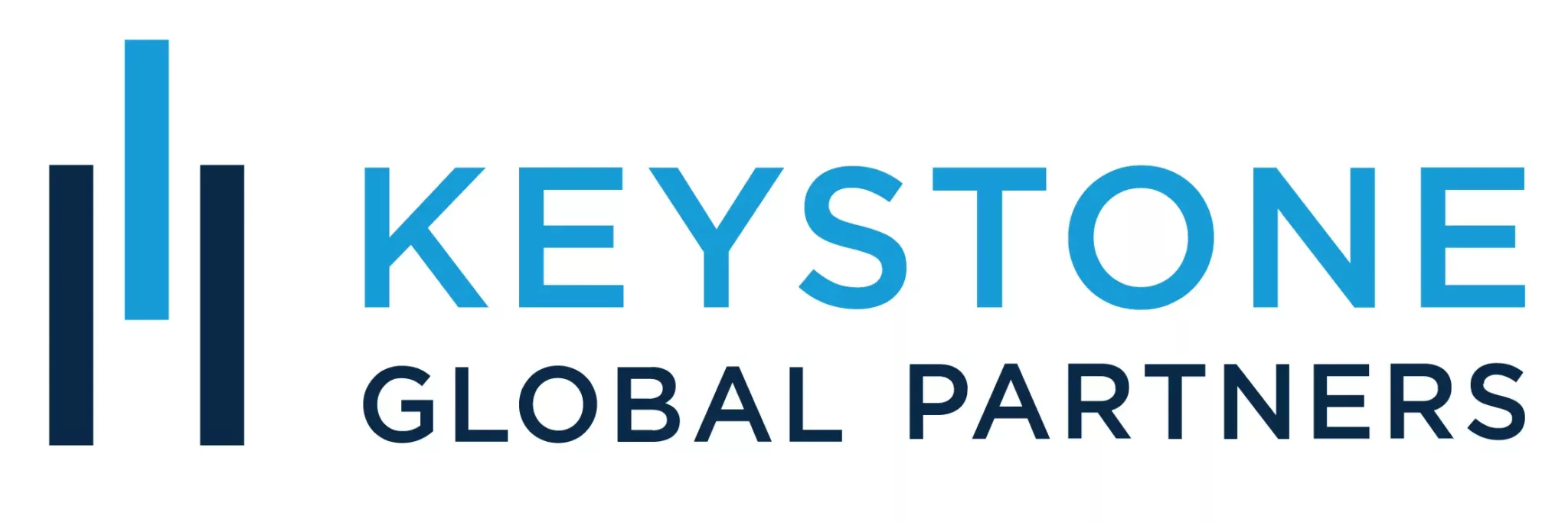This article was originally published on Forbes.com on December 4, 2019. Written by Peyton Carr.
Over the past few years, it’s become more common for founders and early employees of private companies to free up some personal cash by selling a portion of their shares through a secondary transaction, or by obtaining a loan from their company or a third party. This has become much more accepted since private companies are staying private longer, and it’s sometimes even used by VCs to win deals. Generally, VCs and investors want their founders to retain as much equity as possible as the company grows, but are understanding in allowing some levels of personal financial planning.
A Case For Creating Liquidity Before An Exit
You’ve taken a lot of risk in putting your time, energy and often equity into your company. However, the path to liquidity can be years away, and the high cost of living in startup areas like San Francisco and New York can be financially stressful and distracting when living on a startup salary. And if you’re distracted by financial stress, you’re likely unable to focus all of your efforts on scaling your company. Having a little bit of early liquidity can be a smart way to help eliminate these distractions, relieve the personal financial pressures of being a founder or early employee, and enable you to focus on the long-term growth of the company, which reduces the appeal of exiting early — a win for both founders and their investors.
Liquidity Options
When you evaluate your liquidity options, they will usually fall into two categories: a secondary stock sale or a loan from the company or a third party.
You’ll need to keep several tax and future valuation considerations in mind to protect both yourself and your company. These include but aren’t limited to how a stock sale will affect your 409A valuation, who will be permitted to sell, the current and future impact on QSBS, and how a stock sale will impact all current shareholders. All scenarios should be reviewed with the appropriate tax and legal counsel.
Secondary Stock Sales
Below are three of the most common ways in which a transaction can occur.
1. The company repurchases your stock
In some cases, as part of a round, some of the funds raised may be used to repurchase common stock from founders or early employees. This is one of the more tax-complex options for both the company and the seller. You’ll need to work with a professional to coordinate a thorough review of how the sale price of this stock will impact future valuations. Additionally, if more than 5% of outstanding shares are purchased back by the company this might jeopardize your and your company’s ability to qualify for the QSBS exemptions on all future stock sales.
2. Your stock is purchased by an investor or board member
If a board member or investor purchases common stock at a predetermined price, you’ll have several tax implications to keep an eye out for. The 5% rule for QSBS purposes is not applicable here, but if a board member is purchasing the stock, you may need to treat any premium paid over the 409A as income for tax purposes.
3. Third-party sale
If you sell your stock directly to a third party as a one-time transaction, you can eliminate much of the risk and complications associated with maintaining the 409A price since the valuation is done by a third party. The seller will likely be taxed at long-term capital gains rates, and if the stock qualifies for QSBS, the seller will get to use the exemption. Keep in mind the transaction will need to be board-approved, as the third party will be added to the cap table, assuming a right of first refusal (ROFR) is not exercised by the company or other transfer limitations do not apply.
A Loan From Your Company Or A Third Party
If you plan to take a loan from your company or a third party to increase your personal liquidity, you need to know what this will be used for and how this will be repaid. For example, a loan from a third party might be used to exercise options to buy stock and start the clock to access long-term capital gains upon selling in the future, at which time you could pay the loan back. If you have a loan from the company to increase cash flow, you might work out a deal where a future bonus after a liquidity event could be used to pay back the loan.
How Much Liquidity Should You Access?
Accessing early liquidity isn’t necessarily about “making it” before you reach a defining liquidity event, and you don’t want to send the wrong message to your investors by selling too much equity and be perceived as cashing out. Instead, it’s more about relieving some of the financial pressure you’ve experienced to make life more comfortable and give you the motivation you need to keep going. You can ask yourself a few questions:
- Do I need a lump sum of cash to pay down existing debt?
- Do I have specific short-term goals (like buying a house) that this will accomplish?
- Do I need cash to exercise options?
- Is it time to diversify my investments so that I’m not only invested in my company?
Your personal liquidity needs are just that — personal. If you choose to pursue some early liquidity, you need to have a clear “why” behind your actions. These are conversations that should be had with your personal financial advisor, and also your investors. If done properly, this can be structured so all interests remain aligned, and so it does not send the wrong signals to your current and future investors. From there, you can build out a plan that adequately accounts for taxes and other considerations while freeing up the cash you need to accomplish your near-term personal financial goals.


